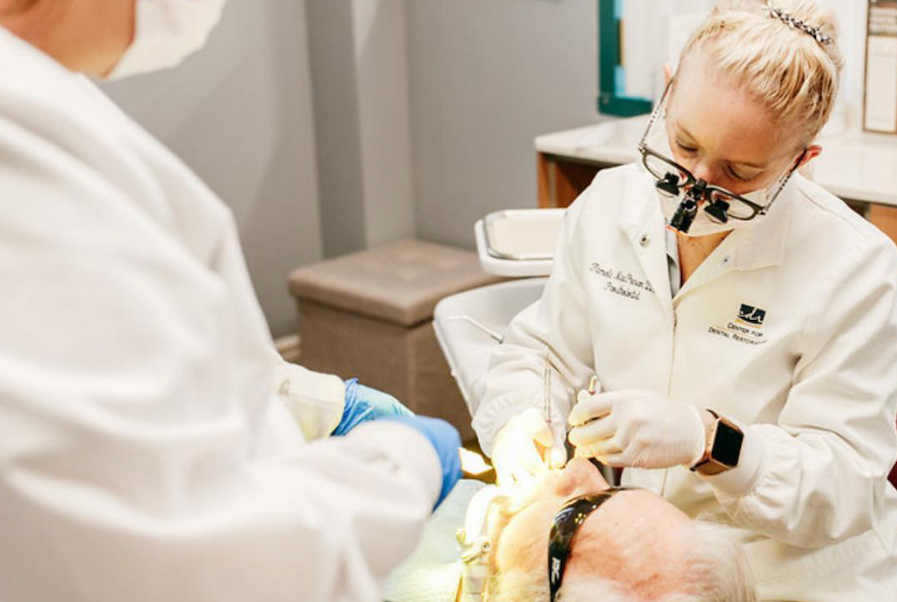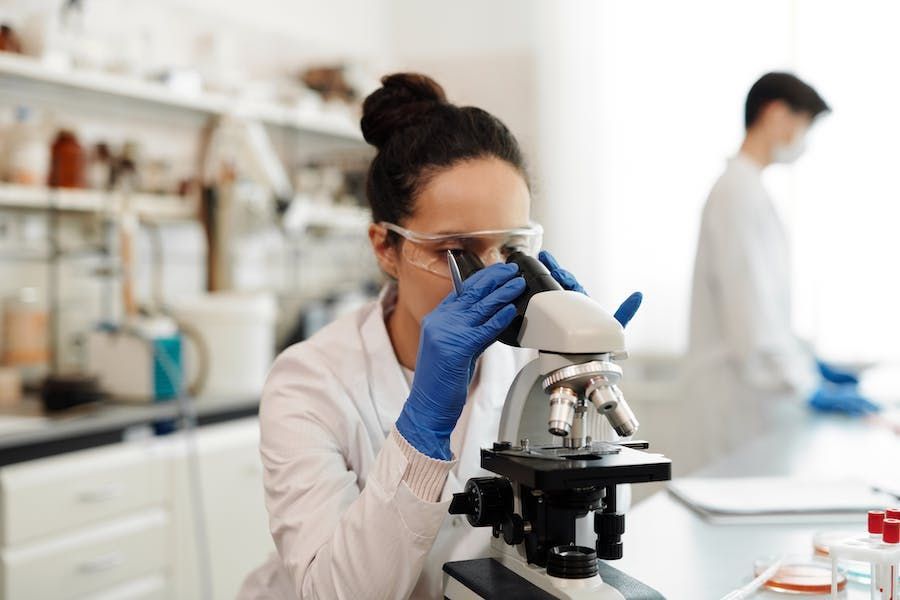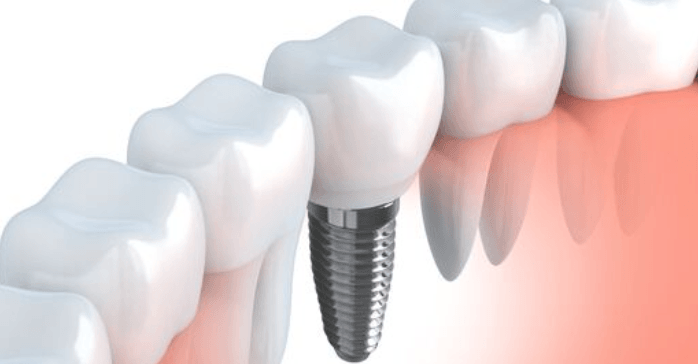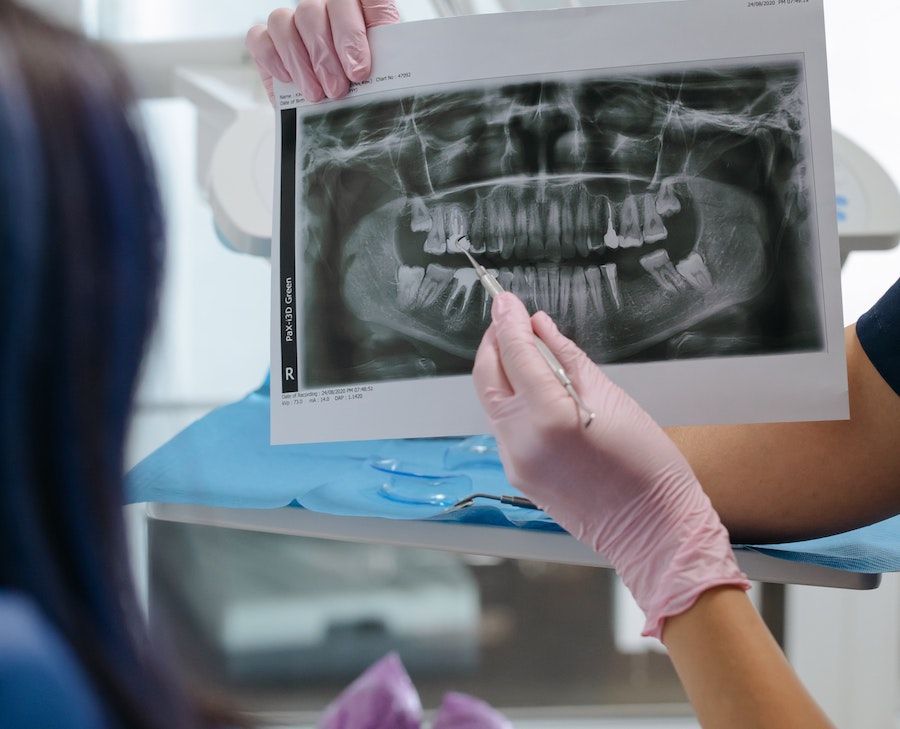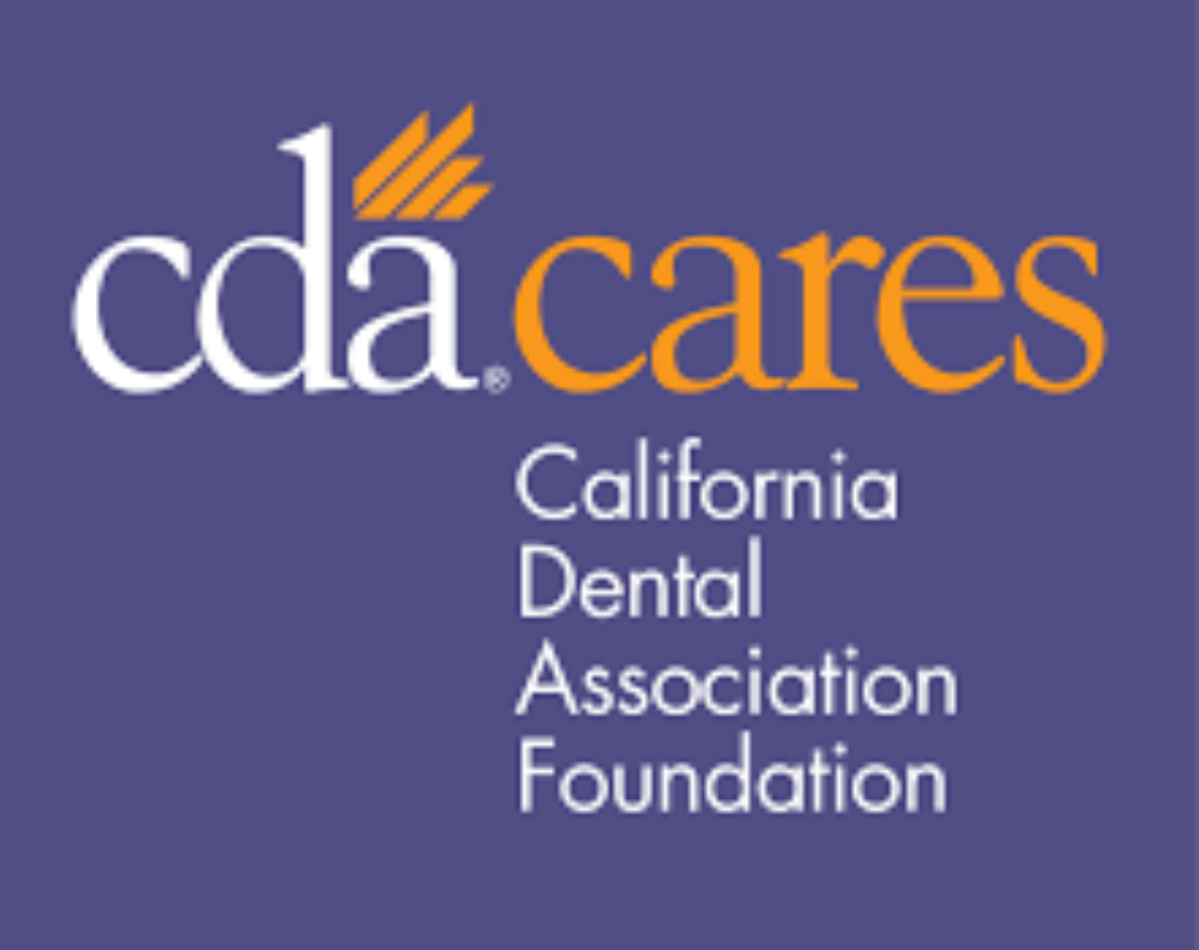An Overview of The Common Types of Dental Restorations
Do you have a few broken or missing teeth that you want to restore back? Dental restorations are the answer for your problem and it's important to know the different types available.
Dental restoration is an important part of general dentistry and has come a long way in both technology and procedural methods. With advancements being made constantly in modern dentistry, there are now various options available for restoring broken or missing teeth back to their normal shape, appearance, and function.
This article will provide an overview of the most common types of dental restorations used today that can help efficiently restore your smile. Knowing what option best suits your needs is essential when it comes to getting an effective dental restoration that lasts long-term.

What is a Dental Restoration?
A Dental Restoration is a dental procedure used to repair fractured, decayed, weakened or compromised teeth. It involves the placement of materials such as composites, porcelain, gold or silver alloys to restore the original shape, size and function of the tooth.
This form of dental care helps people maintain healthy smiles and prevent potential oral health problems associated with damaged or decayed teeth.
Through this restoration process, dentists are able to help people improve their overall oral hygiene and health.
What Are The Different Types of Dental Restorations?
Types of Dental Restorations are various techniques used to restore or replace damaged teeth or dental tissue. These techniques vary in complexity and can involve using composite materials, porcelain, metal, or other materials to rebuild broken teeth and replace missing teeth.
The following are the common types of dental restorations. Our office will let you know which type is best for you based on your dental needs.
Composite Resin Fillings
Composite resin fillings involve using a putty-like material that includes a liquid resin and tiny glass particles, which is placed into the cavity on the surface of the tooth and hardened with a curing light. The filling then becomes part of the structure of the tooth, providing improved strength and stability.
Dental Crowns
Dental crowns are protective caps that fit over a tooth to restore its shape, size, strength and/or appearance. They are typically made of porcelain fused to metal or ceramics, and are bonded directly to the prepared tooth. Crowns can be used to improve the look of your teeth and they also protect a damaged or weak tooth from further damage.
Dental Bridges
Dental bridges are false teeth, commonly made of porcelain, that are attached to the neighboring teeth in order to fill the space left by one or more missing teeth. A bridge may be removable or fixed and is an effective way to restore normal biting and chewing while improving the appearance of your smile.
Dental Implants
Dental implants are artificial replacements for missing teeth, which involve the placement of small titanium screws into the jawbone to act as roots for a false tooth or bridge.
False Teeth/Dentures
Dentures are prosthetic replacement teeth that are usually made of metal and plastic. They can be used to replace one or more missing teeth when teeth cannot be saved through other forms of treatment.
Inlay/Onlay Restorations
Inlay/onlay restorations are used to restore moderate amounts of tooth decay or fractures. A material such as gold, porcelain, or composite is placed inside the cavity and usually sealed with cement. An onlay restoration covers a larger area and can extend outside of the cusps of the tooth. Both restorations require multiple visits to complete.
Let's Talk About The Best Types of Dental Restoration For You
Which types of dental restoration suits you best?
That will depend on your dental needs. We will look at your current oral health and talk to you about your options.
Achieving and maintaining good dental health involves more than just having a pleasant smile. Oral health involves not just looks, but also functionality and overall wellness.
The Center for Dental Restorations in San Diego specializes in dental health as well as the dynamics of your smile. Here, dental services and care are available with the quality you expect. Our dental services range from routine maintenance to preventive care, such as cleanings and fillings.
Call us for a consultation and we will discuss the best dental restoration for you.
HILLCREST OFFICE: 619-294-9525
LA JOLLA OFFICE: 858-454-0325
Or click the button below to request an appointment.
by


